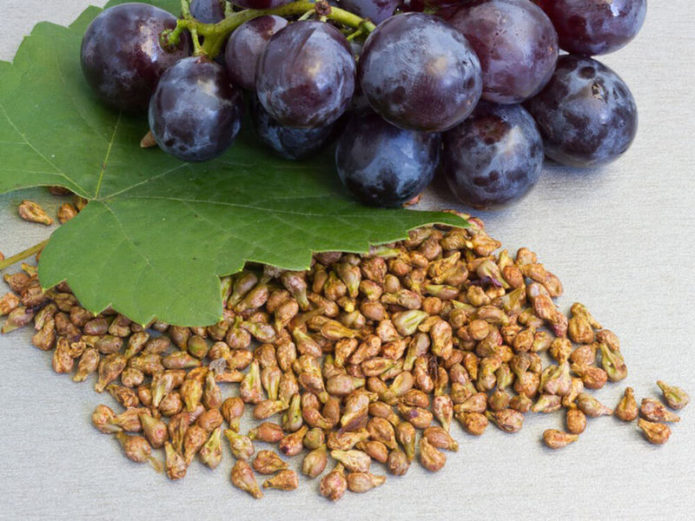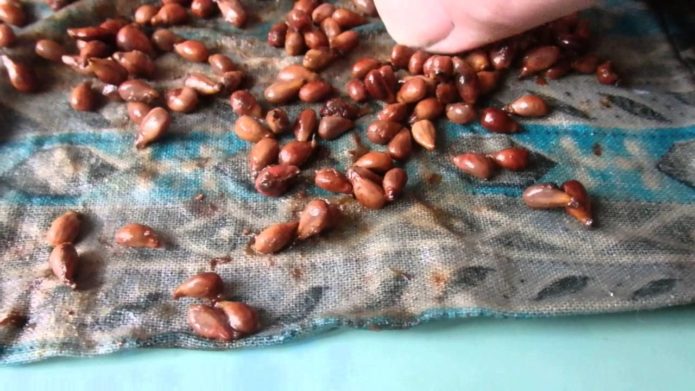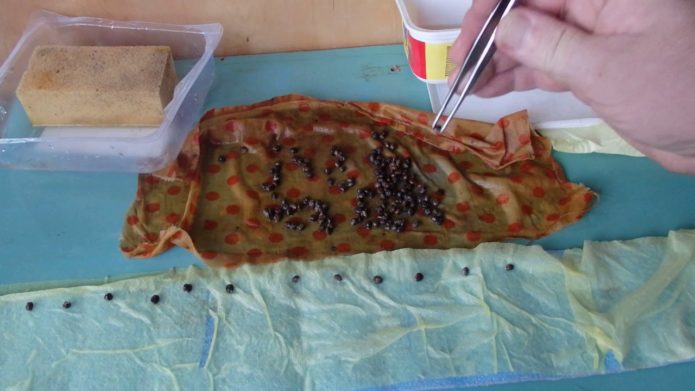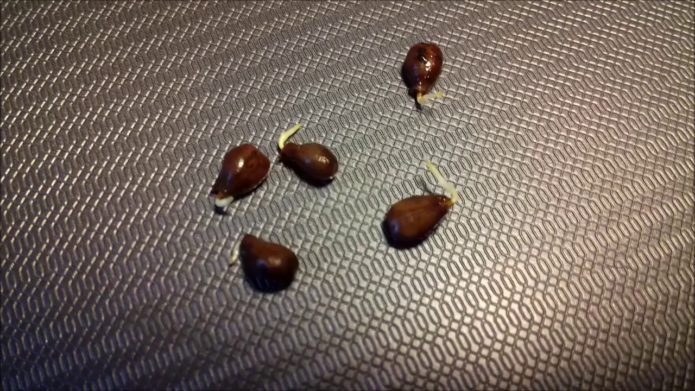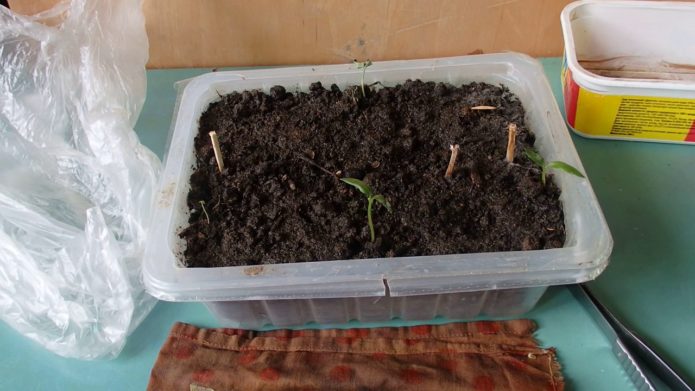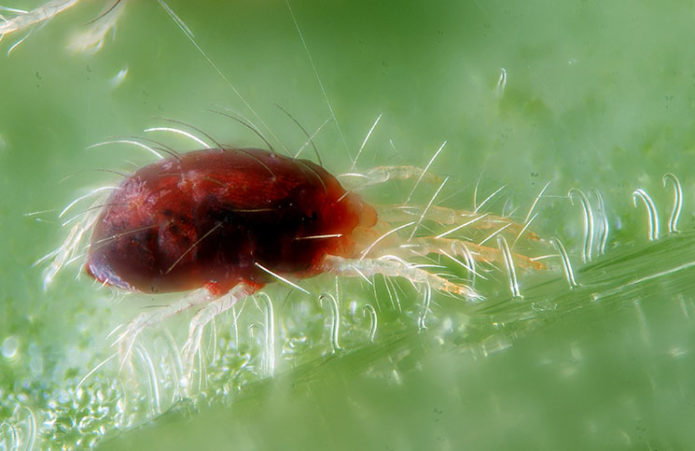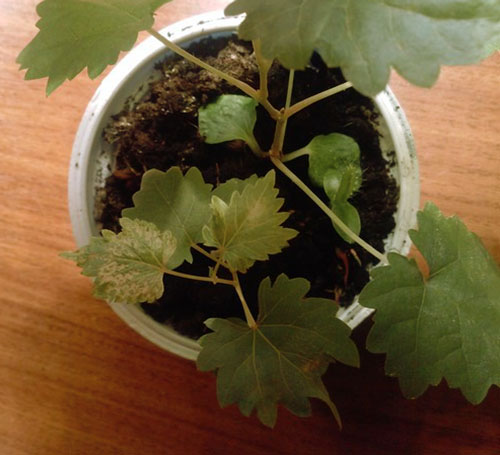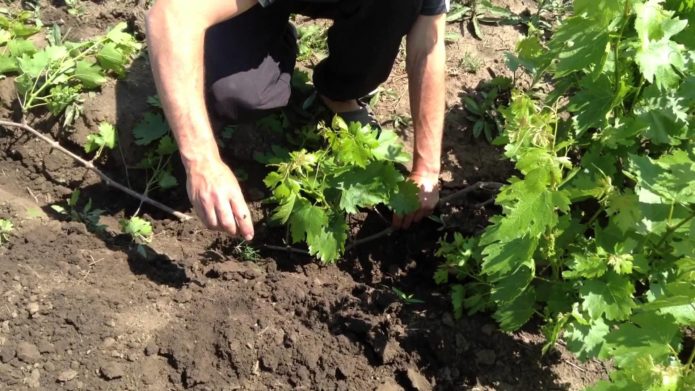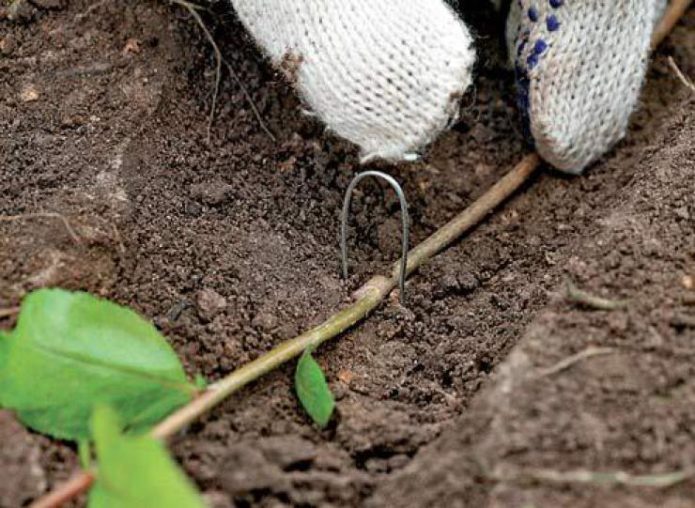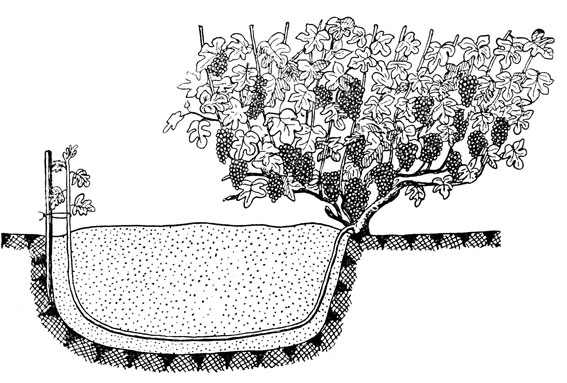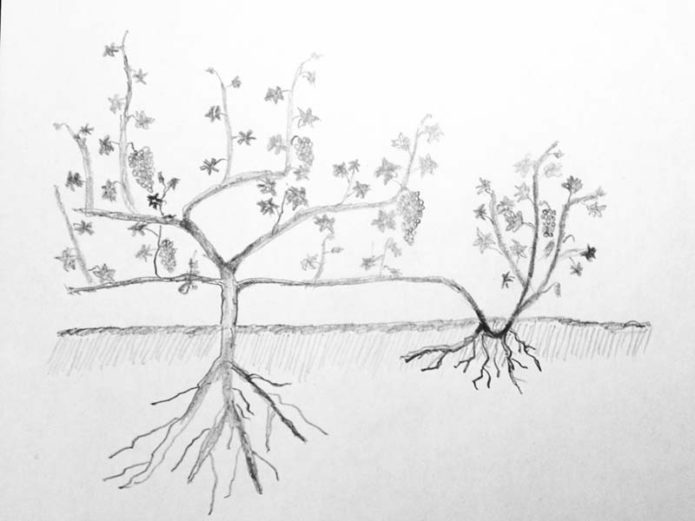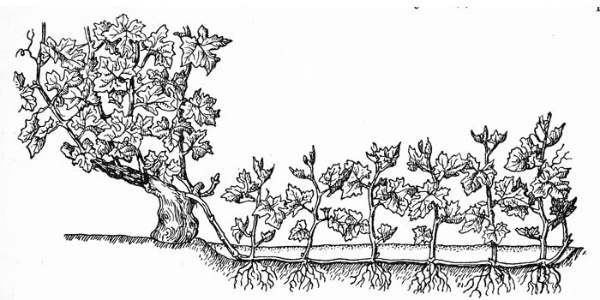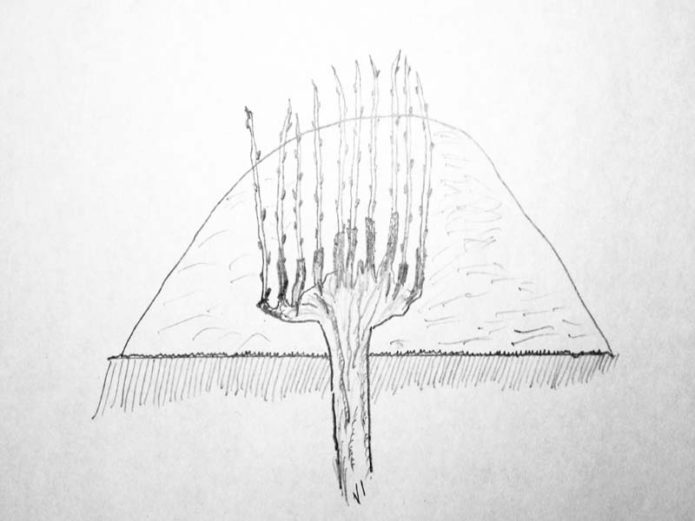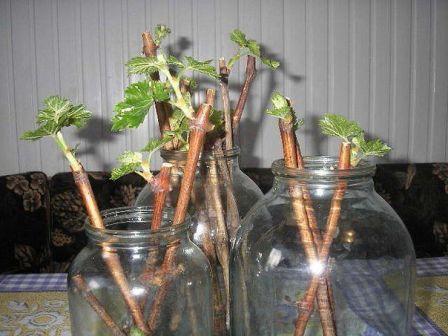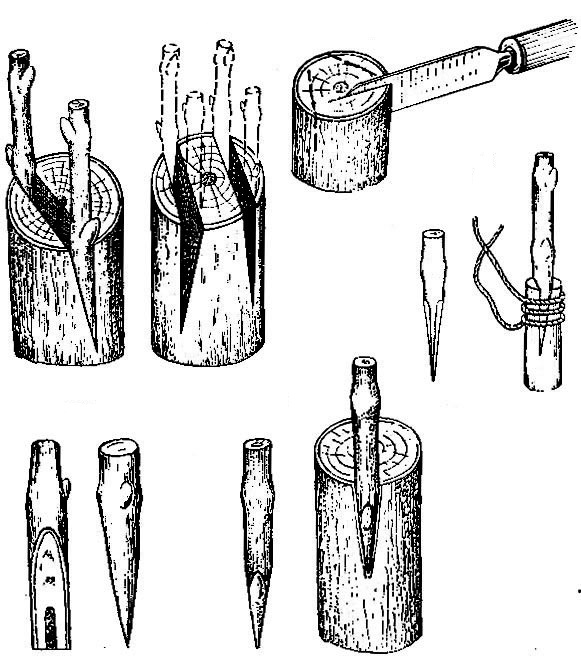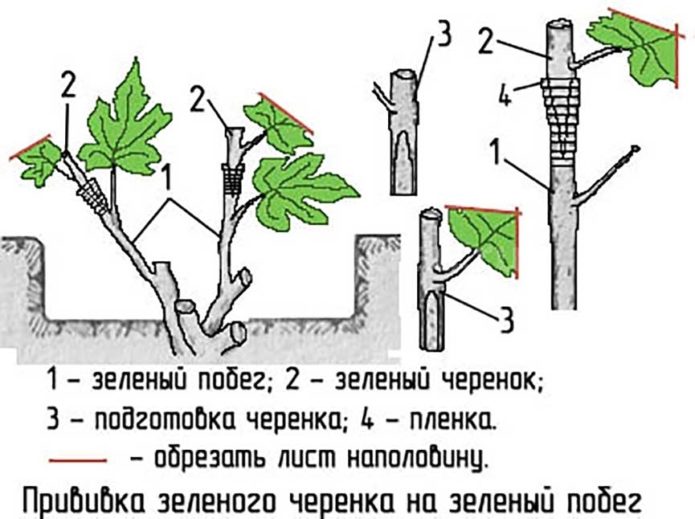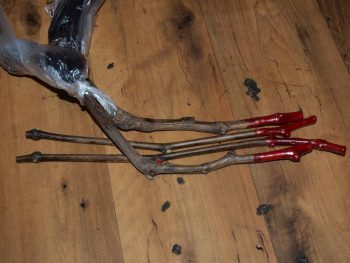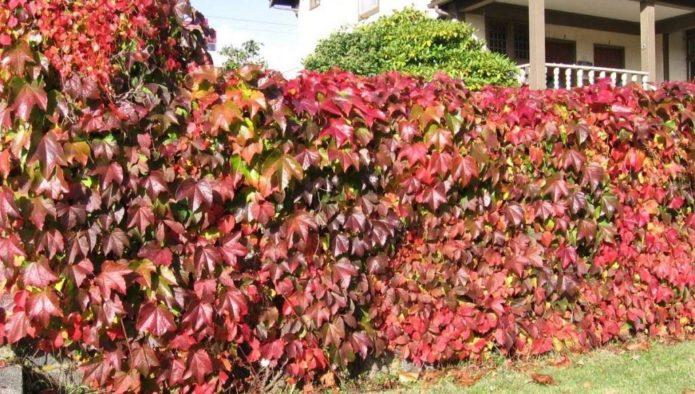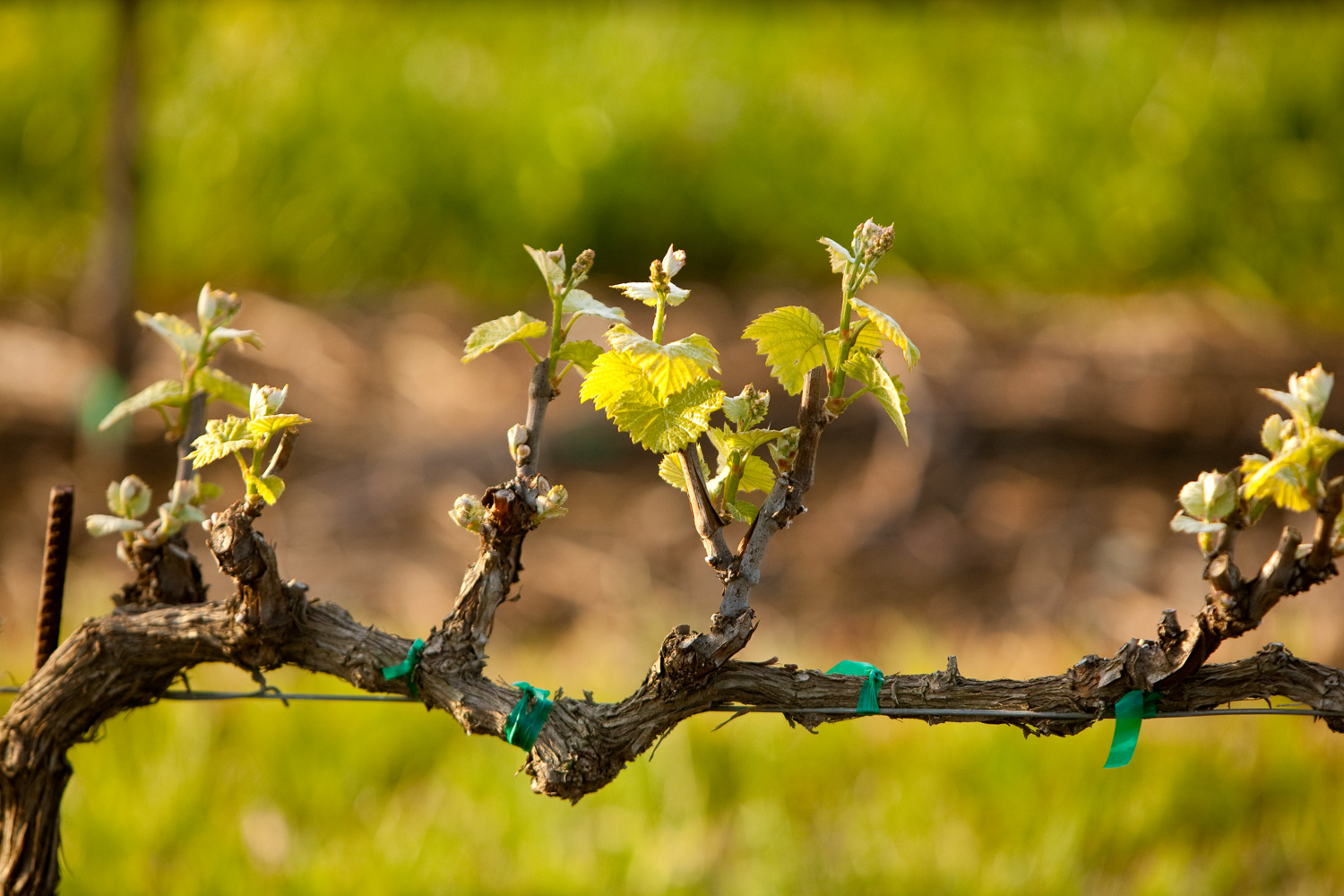The traditional ways of creating a vineyard are planting seedlings, propagation by layers and cuttings. It turns out that even grape seeds can be used for this purpose, although this is associated with great trouble and is considered a risky business.
Content
Propagation of grapes by seeds
Seeds are mainly propagated by wild grapes. Cultivated grapes are propagated by seeds only for breeding new varieties. Seedlings are used as starting material for breeding work or as a stock for good, tried and tested varieties.
Seedlings yield a harvest only in the 4th-5th year after planting, and seedlings - already in the 2nd-3rd year. It is better to use new hybrid varieties for seed selection.
One of the well-known varieties often used by breeders is the Talisman. This is a table grape with high yields, excellent fruit taste, resistance to fungal diseases and weather conditions. He manages to ripen even in areas with short summers.
Getting seeds from fruits
To obtain seeds you need:
- Leave the selected clusters with fruits on the bush until the leaves fall off.
- Cut the overripe berries and store in a dry place, hanging.
- In winter, 2–3 months before sowing, extract the seeds in November-December.
The seeds should be large, with a dense shell, brownish color, indicating the full ripeness of the grapes.
The seeds have a low percentage of germination, since their germination is hampered by a dense shell. To facilitate this process, various preparation methods are used.
Seed stratification
Procedure for stratification:
- Rinse the bones well in running water.
- Wrap in a damp cloth and plastic.
- Store in the refrigerator, on a shelf with vegetables and fruits. You can combine the seeds with an equal amount of river sand, moisten the mixture and put it in a closed container.
In the cold, seeds are stored for 2-3 months at a temperature of + 3 ... + 5ºC. This operation is called seed stratification. It is necessary to accelerate germination.
The seeds should be checked periodically and moistened if necessary.
Video: Seed Stratification
Breaking the shell
After removing from the refrigerator at the end of February - beginning of March, the seeds are unrolled and examined, the podoprevnye are discarded.
Then the following operations are performed:
- Trim the tips of the seeds.
- Injections are made with pins to damage the cover.
- After that, the seeds are transferred to heat with a temperature of + 20… + 25º in a cloth or container. At the same time, the moisture content of the fabric is monitored.
- When small white roots appear, sowing begins.
Soil preparation for seedlings
Fertile land is needed to plant grape seeds. It is necessary to take humus with sand in equal parts, mix and fill peat or plastic cups with soil.
Sowing seeds
To plant seeds you need:
- Slightly compact the soil in the glass and make a small depression 1–1.5 cm in the center with an ordinary pencil.
- Carefully put a sprouted grape seed in the hole and cover it with soil on top, not deepening more than 1.5 cm.
- Gently moisten the ground, preferably with a fine spray, so as not to deepen the bone.
- Place containers with seeds in a warm and sunny place with a temperature of + 22… + 28ºC.
- Until the seeds germinate, keep the soil constantly moist, but do not overfill.
Video: planting grape seeds in the ground after stratification
Seedling care
The seedlings that appear after 1-2 weeks need to be watered, loosened the soil surface, fertilized and protected from pests. They are often watered in small portions, without waterlogging or overdrying the ground. They loosen it carefully, only on the surface. If the seedling does not grow well, its leaves fade, yellowing is observed, these may be signs of a lack of nitrogen and phosphorus. In this case, the plant can be fed with complex fertilizer in accordance with the instructions for it.
A dangerous pest is a spider mite. It is very small, its presence can be determined, perhaps, only by the presence of a thin cobweb on the leaves. If pests are found, it is necessary to spray with acaricide three times with an interval of 1 week, according to the instructions for the preparation.
At the end of spring, the plants are transplanted into larger pots (4–5 liters in volume) along with a clod of earth and placed on the balcony. It is important to provide good lighting for the seedlings. In the fall, the grown grape vine is transplanted to the site.
You can plant the vine immediately in open ground in May or June, if you harden it before that, taking it outside for an hour, then two, and so on, gradually increasing the time.
Propagation of grapes by layering
The method of reproduction by layering consists in dropping the growing vine into the ground near the bush.
Procedure:
- Choose a strong, mature vine.
- Dig a groove from the bush with a slope to the side. At the beginning of the groove, its depth should be about 25 cm, at the end - 50 cm. It should be 1.5 times shorter than the vine.
- Pour on the bottom:
- 2 buckets of humus or compost;
- 200 g superphosphate;
- 50 g of potassium fertilizer (potassium sulfate).
- Dig up the bottom with a shovel.
- Place the grape whip carefully on the bottom. At the beginning of the groove, it must be attached to the ground with a wire hook.
- At the end of the groove, bend the vine vertically and tie it to the peg.
- Remove all lower horizontal eyes, this will accelerate the growth of roots in place of the eyes.
- Cut the end of the vine, leaving 3-4 eyes.
- Fill the groove halfway with soil, trample underfoot and pour water.
- For better root formation, the groove can be covered with a transparent film on top.
During the year, the cuttings will grow their roots, feeding from the mother. Then it can be separated.
Video: dropping the vine
Other methods of propagation of grapes by layering
There are other ways to propagate grapes by layering:
- air layering;
- green layering;
- short layering;
- horizontal (Chinese way);
- Kataviak method.
Reproduction by green layering
When propagating by green shoots, do the following:
- A young green shoot is chosen, the base of which is located close to the ground.
- When it grows back to a length of two meters (in summer, in July-August), they dig the same ditch as when propagating with ordinary layering.
- They bring 2 buckets of humus or compost there, mix them with the ground.
- The selected layer, cleaned of leaves and lateral processes, is placed in this ditch, leaving on the surface at the end the upper part with 3–4 leaves.
- The ditch covered with earth and rammed is watered.
Propagation by air layers
Air layering is done in the spring. Wherein:
- The top of the selected lignified shoot is cleaned from the leaves.
- Measure 20 cm and make an incision in the bark to a depth of 1.5 cm.
- The place of the incision is wrapped in a black film with damp moss inside. There roots begin to form.
- By the fall, the shoot is cut off along with the roots and instilled in until spring.
Reproduction in short layers
Reproduction by short layering involves laying a part of the vine in a moistened groove 5 cm deep. At the same time, the vine is covered with soil and tamped, the top is left 15 cm long and attached to the support.
Horizontal breeding method
The horizontal method of propagation by layering assumes that in the fall, when pruning, shoots are left in the lower part of the plant. Procedure:
- In spring, the shoots are placed in grooves 25–30 cm deep, pre-fertilized, and fixed with wire hooks.
- The upper end of the shoot is left outside, on which all the buds are cut off.
- Sprinkle the vine with soil 5 cm high.
- When rooting and the appearance of shoots, these places are immediately covered with soil.
Kataviak method
The Kataviak method is used to completely renew the grape bush. In this case, a whole bush is added. This procedure is carried out late in the fall or even in winter.
Propagation of grapes by cuttings
Cutting is a reliable and inexpensive way to get new grape plants. The shanks are harvested in the fall, when the crop is cut. Following actions:
- The resulting cuttings are stored in winter wrapped in a damp cloth and wrapped in a bag at a temperature of + 2 ... + 4 ° C.
- In the spring, they are shortened to the desired size and rooted in jars of water.
- Saplings grown from shanks are planted in the ground.
Grafting grapes
Vaccination performs the following tasks:
- provides a hardy root system to the grafted variety;
- replaces the aerial part of the rootstock bush partially or completely with a new variety.
For grapes, it has its own characteristics, including the season.
Grafting in spring
Spring grafting is performed when the buds on the rootstock swell. From February to July, it can be grafted into a tree stump or sleeve, into vines on them, into green hardening shoots.
An easy way to spring stump graft:
- 2 days before vaccination, the cuttings are taken out, the tips are sharpened and placed in one of the solutions of the rooting stimulant listed below, or in any other commercially available stimulant, according to the instructions for it:
- Kornevin - 1 g per 1 liter of water;
- Heteroauxin - 0.2 g per 10 liters of water;
- Epin - 1–2 g per 1 liter of water.
- On the day of inoculation, the stock is prepared.The aboveground part is cut off completely, the trunk is dug to a depth of 20 cm, cleaned of soil, old bark, roots. The trunk is cut down 5 cm below ground level perpendicular to the direction of its growth. The cut must be carefully cleaned with a knife until smooth, since the remaining notches are dangerous for the development of diseases, wipe with a wet rag to remove dirt.
- Choose the largest diameter of the saw cut and make a split along it with a sterile knife and hammer to a depth of 3-4 cm. During the grafting, insert a wedge into the split so that it does not close, for example, with a screwdriver.
- Then they take the prepared cuttings and, at a distance of 5 mm from the lower kidney, begin to cut off the end on both sides with a wedge. Insert the scion into the cleft. You can place 2 cuttings on different sides of the split with a large rootstock diameter. It is necessary to insert so that the outer parts of the scion and rootstock coincide on one side, if they have different diameters. And one more detail - the lower eyes on the scion should look outward.
- The vaccination site is wrapped with twine, kiper or special tape. The remaining cracks are closed with pieces of vine without bark or toilet paper, and they are coated on top with garden varnish or liquid clay.
- The hole is covered with soil, and the scion at the surface of the earth is covered with sand 15–20 cm high.
Summer vaccination
All summer they are vaccinated in the green shoot. As a scion, you can use a lignified or green cutting. Autumn cuttings are pre-placed in water to check their suitability. If the kidneys do not swell, then you should not use them. Do not put green cuttings in water.
Procedure:
- The graft is sharpened in the form of a wedge.
- A green vine is used as a rootstock. It is cut and split in half with a knife at the cut site to a length of 2-3 cm, corresponding to the end of the scion.
- The sharp end of the scion is inserted into the rootstock incision and the grafting site is fixed with twine or cloth, a plastic bag is wound on top.
The vaccination is done in cloudy weather or in the morning and evening hours.
Vaccination in the fall
In the fall, grafting is usually carried out in the cleavage of an old bush. It is no different from the spring one. In the fall, they usually graft old bushes that have ceased to bear fruit or plants that are unstable to weather conditions and poorly fruiting.
Autumn grafting is carried out in stable warm weather with an air temperature of at least + 24 ° C and soil - at least + 18 ° C. Before persistent cold weather, the vaccine should have a month for it to grow together.
When cutting, 2–3 eyes are left on the cuttings, the lower cut is made at a distance of 5–6 cm from the lower bud. They are placed in water or in a biostimulant solution, as described above, for several hours, then dried a little.
For better preservation in winter, cuttings for scion are treated with paraffin (waxed):
- Several pieces of paraffin are immersed in 1 liter of water and heated until melted. Paraffin does not dissolve in water, it will float from above.
- The cuttings are dipped in paraffin for a second completely in turn, holding them by the lower end.
- Immediately immersed in cold water. In this case, the branches are covered with a thin layer of paraffin. It will protect the buds from freezing and retain moisture in the cuttings.
The place of the scion for the winter needs to be insulated. After coating with clay, the soil is poured to the edges of the cuttings. Top can be covered with a 5 liter plastic bottle with a cut-off bottom to keep warm. With the onset of cold weather, you need to completely cover everything with soil 10 cm above the bottle. In the spring, the bottle is not immediately removed, the lid is sometimes opened for airing.
Breeding features of wild grapes
A feature of wild grapes is the formation of a large number of "children" (root suckers), which are easily rooted. It can be propagated by layering, like cultivated grapes. At the same time, the groove is made not so deep, from 5 cm.The stalk also quickly takes root in the ground and begins to grow.
Wild grapes can be sown. To do this, in late autumn, a bunch is buried in a well-lit place and the soil is mulched around it. Shoots appear in the spring.
Propagation of wild grapes by cuttings and seeds is recommended in autumn and spring, by layering and by children - during the growing season.
Tips for Beginners
To successfully propagate grapes, the following guidelines must be followed:
- learn in advance how to cut cuttings, since a perfectly even cut is needed for grafting;
- make the lower cut of the cutting oblique, and the upper cut straight;
- cuttings of different varieties should be signed before storage;
- make cuts for the scion and rootstock the same length;
- do not touch the cut sites with your hands, this impairs engraftment.
Those who like to experiment or want to get a new good grape variety should plant several seeds in order to subsequently compare the results in terms of fruit quality and yield, as well as resistance to pests, diseases and other unfavorable factors. To obtain the desired tested variety, it is best to graft it.

